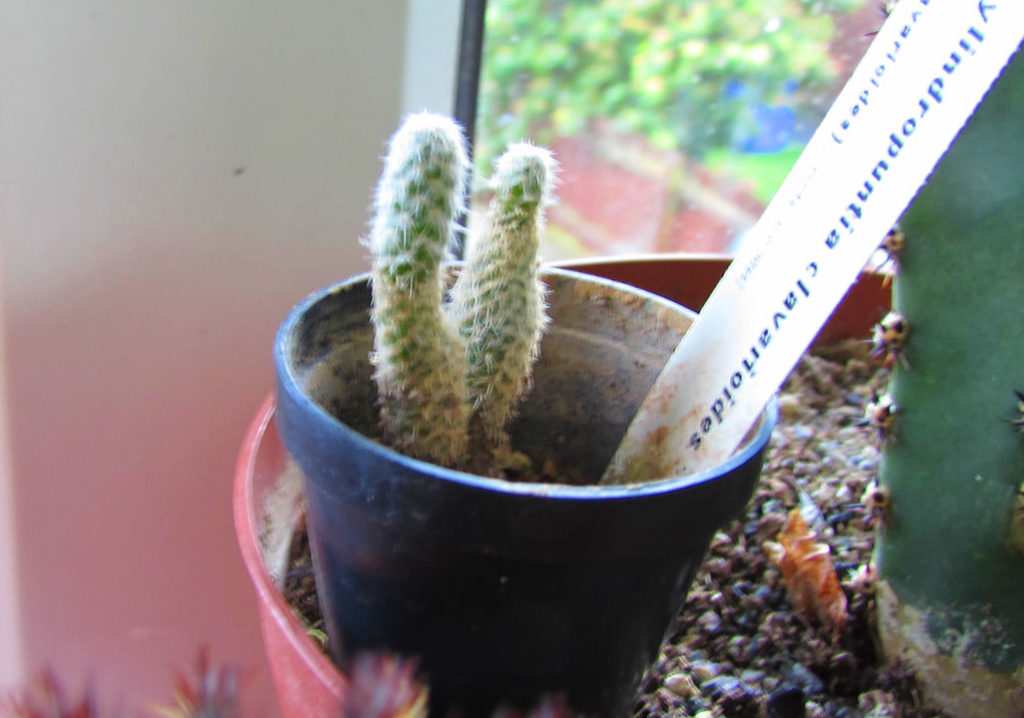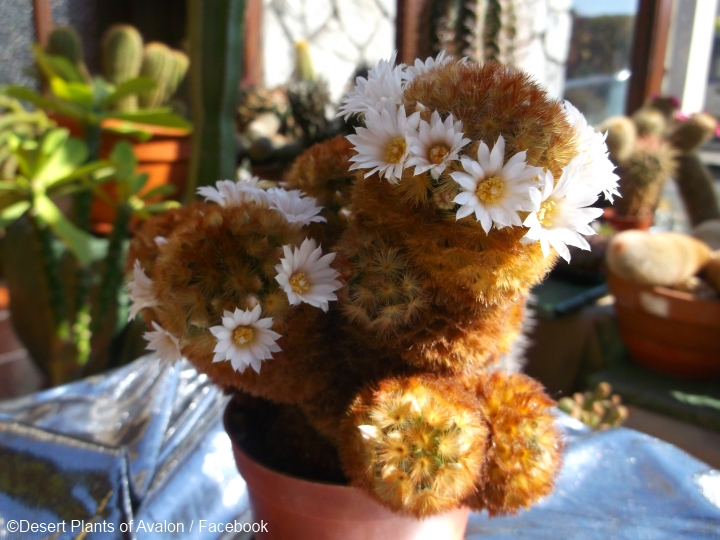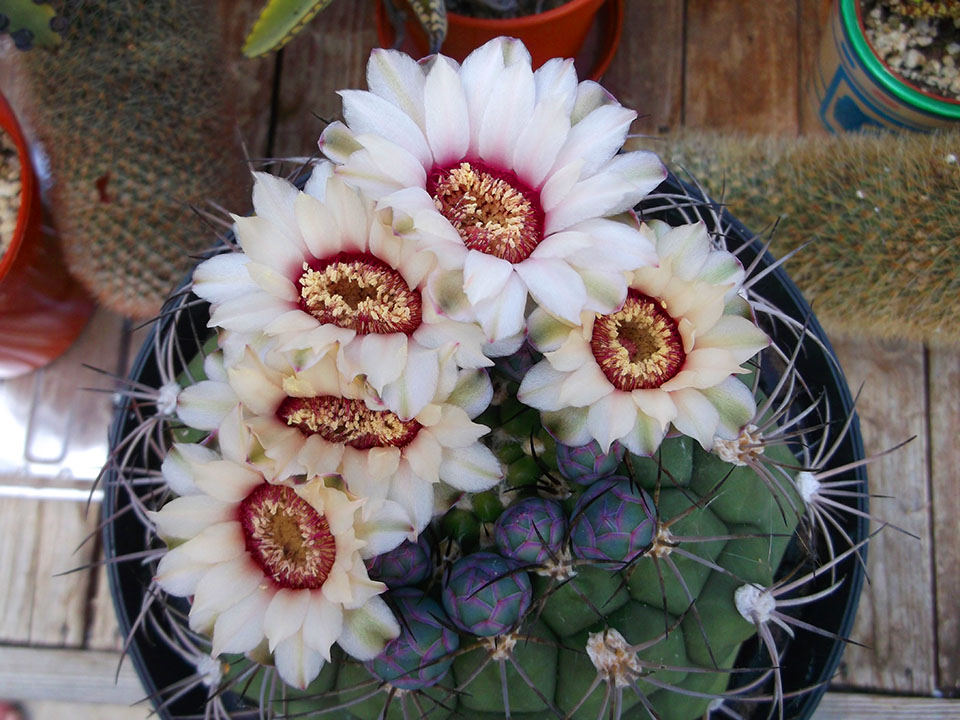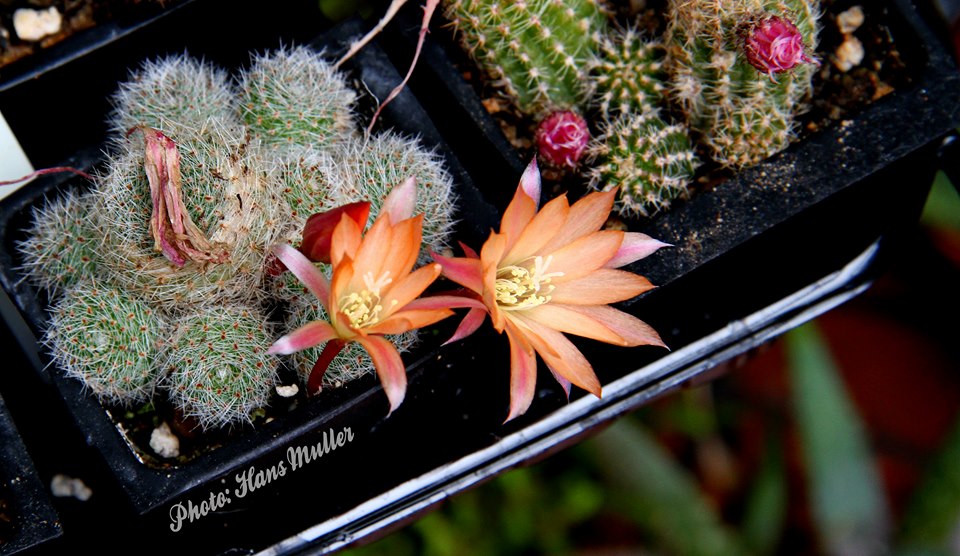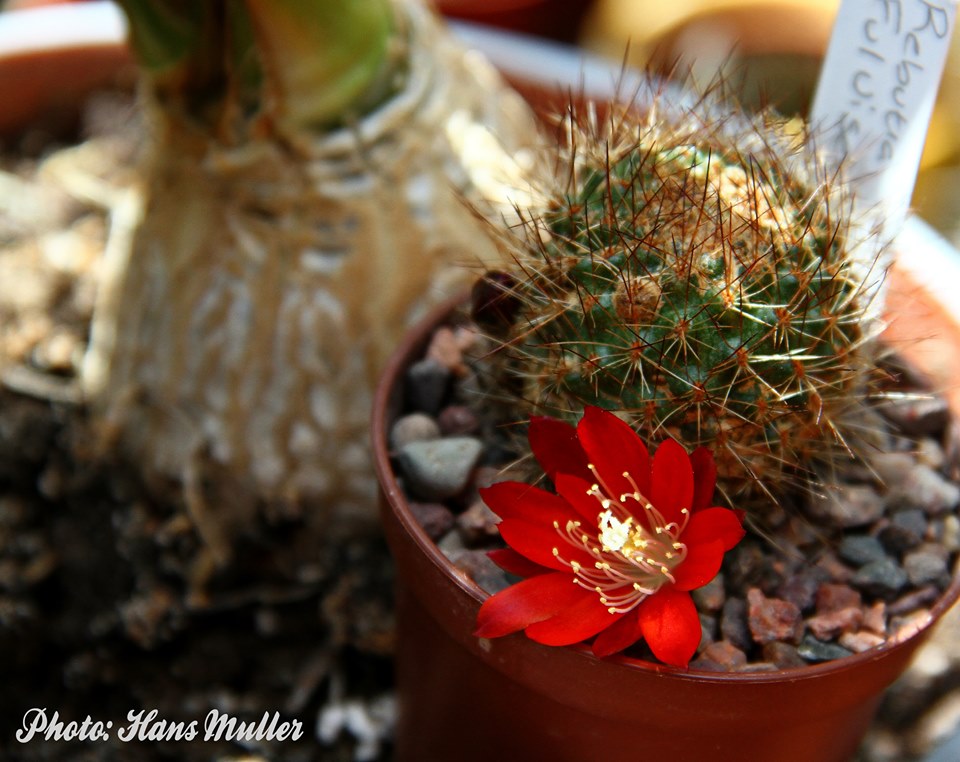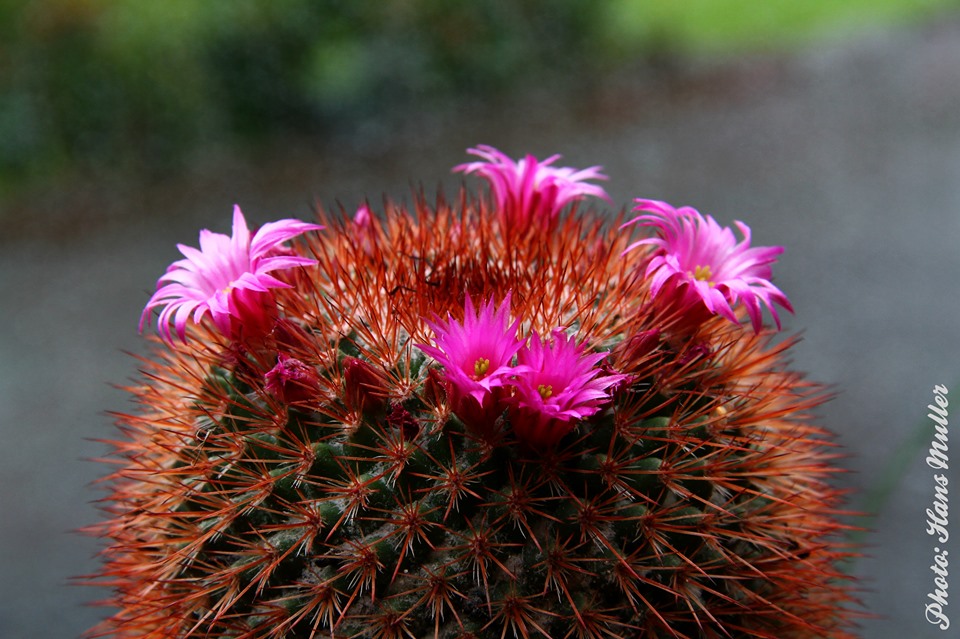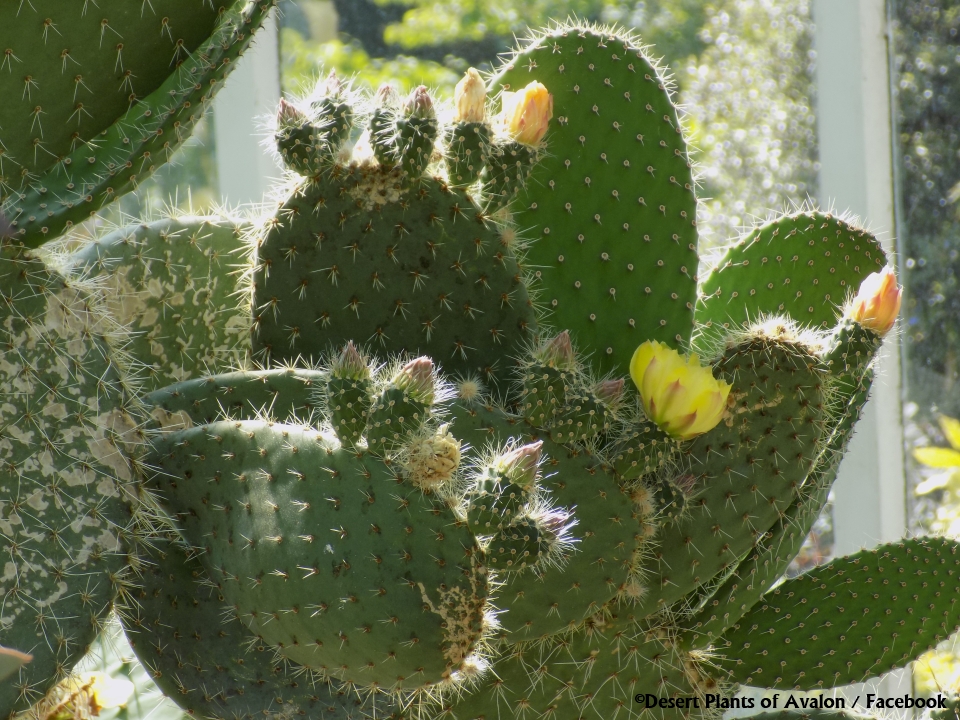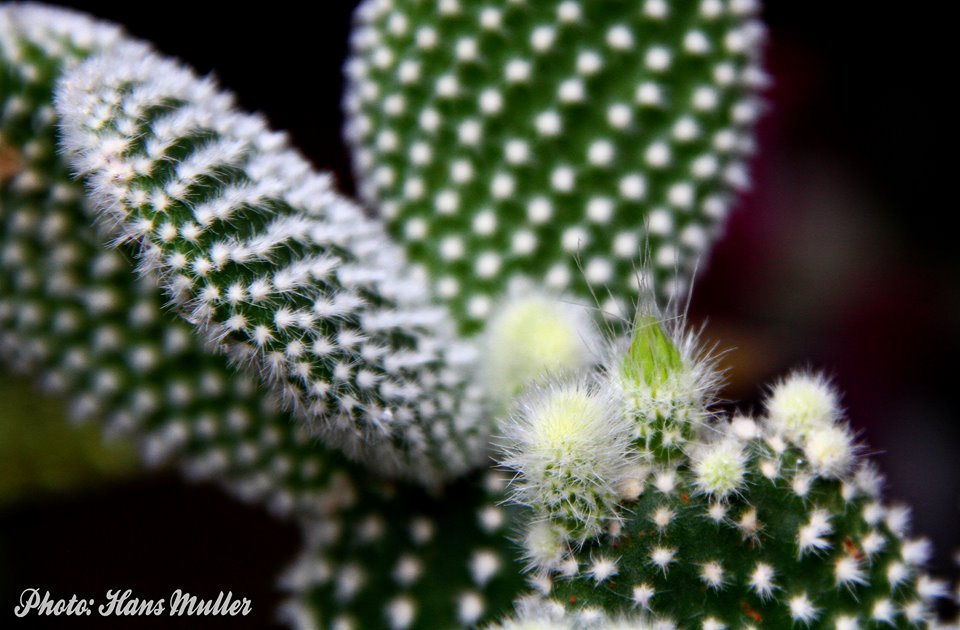Hi Guys 😀
In this Blog I share my tips and tricks on How to care for the Aztekium Cactus.
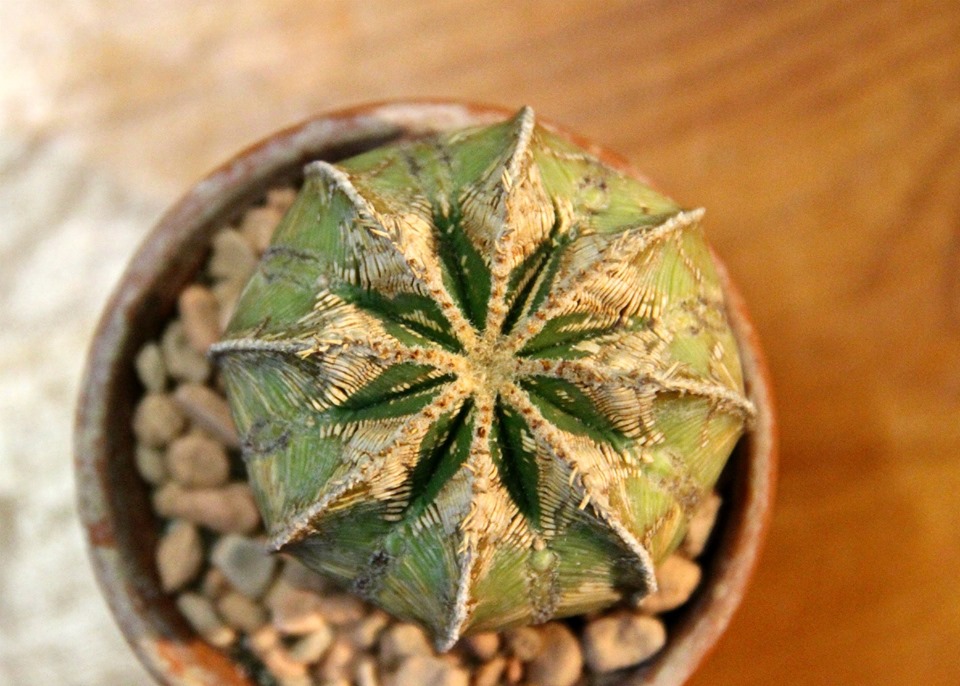
I have made a video on my You Tube Channel called Desert Plants Of Avalon on How To Care for Aztekium, and you can watch this video HERE:
ABOUT AZTEKIUM:
There are just three species of Aztekium, 1, Aztekium ritteri, 2, Aztekium hintonii, and 3, Aztekium valdezii.
Aztekium valdezii has only recently been discovered from 2011.
The Aztekium Cactus grows in its natural habitat in Mexico growing on steep cliff faces that consist of mostly gypsum and some limestone gravel.
Aztekium is extremely slow growing and forms into little clumps over many years, it is one of the slowest growing cacti both in natural habitat and in cultivation.
I have grown my Aztekium hintonii for over 23 years, I got it as a young seedling that was grown from seed from a Cactus Grower in the U.K called David Quail, it was the just size of my thumbnail and in all of that time it has grown only about 2 inches in height and width.
Because of their extremely slow growth and difficulty to grow when young on their own roots, these cacti are often seen for sale grafted onto other more hardier cactus stock, but once established on their on roots they can survive long term as long as a very careful watering is maintained and a very gritty well draining soil is used.

HOW TO CARE FOR:
LIGHT:
Aztekium like most cacti need bright light with some sunshine to grow healthy, however these cacti prefer to be protected from very strong midday sunshine and prefer more shade than a lot of the other types of Desert Cacti, and Aztekium would be best positioned where they can get either early morning or very late afternoon sunshine.
WATERING:
Aztekium prefer soft water that is not alkaline and clean rainwater is best to water these cacti with. Its best to avoid watering these cacti with water than has a pH higher than PH 7, as hard alkaline water can cause damage to the roots. If you use tap water check that the PH is not higher than PH 7 and allow the water to sit for 24 hours to allow the chlorine and other gases to dissipate.
If you are growing Aztekium that have been grafted, then the pH of the water is not as much a concern as most cactus stock used for grafting Aztekium are mostly Trichocereus or Pereskioposis, and these cacti are not so sensitive to water PH, however careful watering should still be given with all Aztekium cacti.
Water Aztekium from Spring through Summer ALWAYS allowing the soil in their pots to fully dry out before watering again.
Keep Aztekium totally dry throughout the Winter rest period with no water from Fall / Autumn and Winter, introduce water again from Spring when their active growing period returns.
SOIL:
The soil used for Aztekium must be extremely well draining, this is very important especially for Aztekium cacti that are growing on their own roots, especially when they are young as they can be very prone to rot, which is why they are often seen grafted. If grafted onto hardier root stock such as Pereskioposis and Trichocereus they are far less prone to rot and grow faster, but as with all cacti except the epiphytes, the more well draining the soil the better.
Some growers of Aztekium like to add lie to the soil, but I have had success over 23 years of growing this cactus with my well draining soil mix that I use for most of my arid loving cacti.
Avoid using peat and houseplant soils for these cacti as they need a VERY well draining and gritty soil.
I like to use a soil mix of 3 equal parts of loam, horticultural sand and grit for my Aztekium hintonii, For more information on How I make my own Cactus soil click HERE:
FEEDING:
Feed Aztekium once a month in Spring until mid Summer with a good quality cactus fertiliser. Because these cacti are extremely slow growing its best to use the fertiliser at half the strength they recommend for normal cacti.
FLOWERING:
The flowers on Aztekium are very tiny and white or pink or lilac coloured, they grow from the top of the cactus when the plant is mature often after many years.
Aztekium forms a woolly tuft and fine spines from the crown of the cactus when the plant is mature enough to flower.
I have not had my Aztekium flower for me in 23 years, but I hope one day to see flowers, patience is definitely the key when growing cacti haha, but I have heard of many growers who have had their Aztekiums flower after 10 years or less.
Grafted Aztekiums will flower much sooner than if grown on their own roots.
TEMPERATURE:
In Spring and Summer Aztekium can take high temperatures but they must be protected from extreme heat and strong midday sunshine, especially if they are grown behind glass in glasshouses or windowsills, and they like to have plenty of ventilation.
In Winter its best to overwinter Aztekium cool and dry above 5 Celsius / 41 Fahrenheit
PROPAGATION:
Propagation of Aztekium is done by seed that are very dust like, but it is extremely difficult and slow to grow from seeds, although germination rate can be high at first lots of seedlings will often die within the first few months of germination.
I have never tried to grow these from seed myself but when my Aztekium flowers for e in the future and I get seed I will definitely have a go at trying to grow this amazing and unique little cactus from seed.
If you want to grow Aztkium from seed or any other type of cactus from seed read my page on this website Growing Cactus from seed by clicking HERE
Here is a video I have made for my You Tube Channel called Desert Plants Of Avalon on How To Care For Aztekium Cacti and you can watch this video below:
Thanks so much for reading Guys and Happy Growing to you all <3
